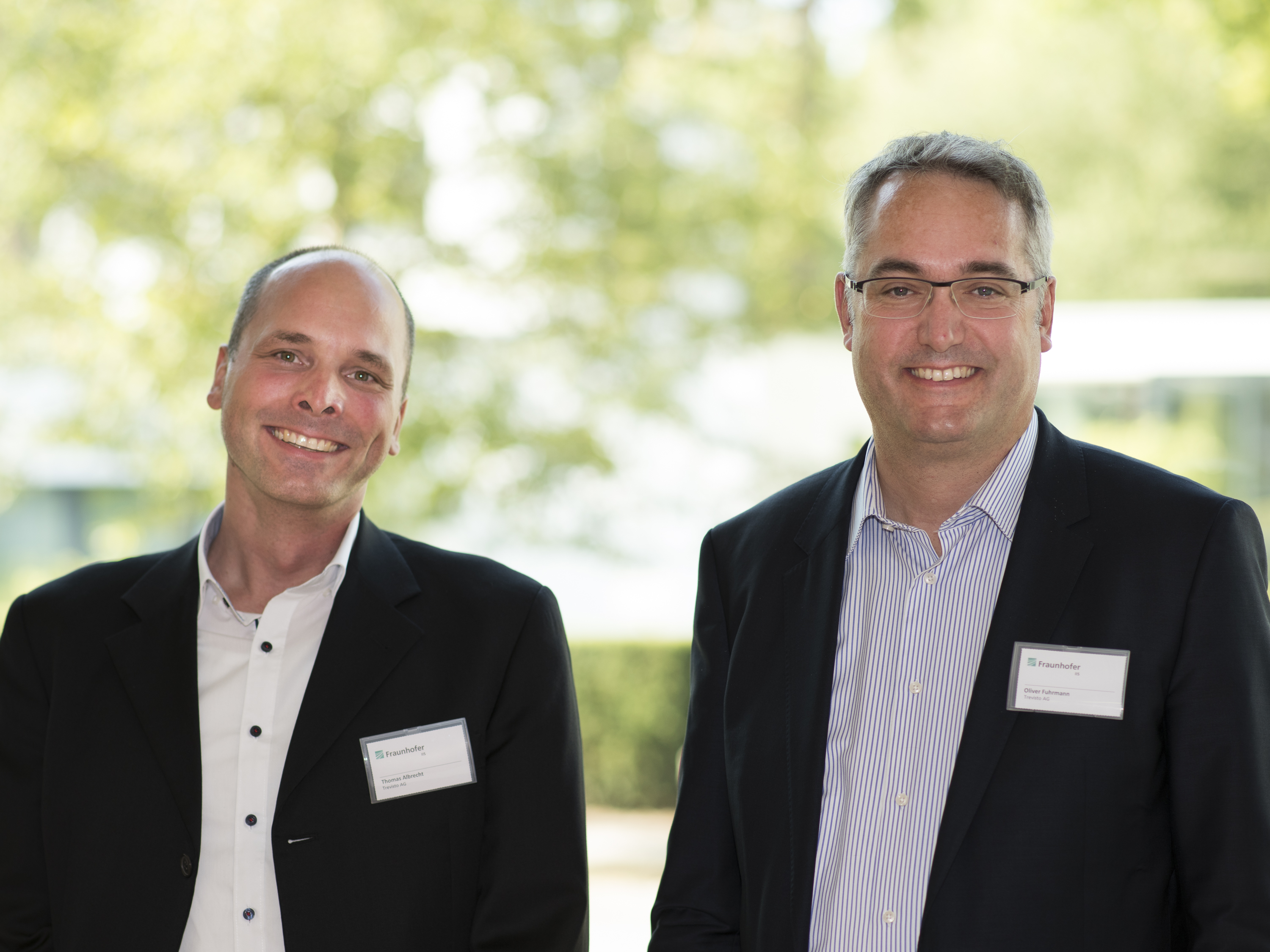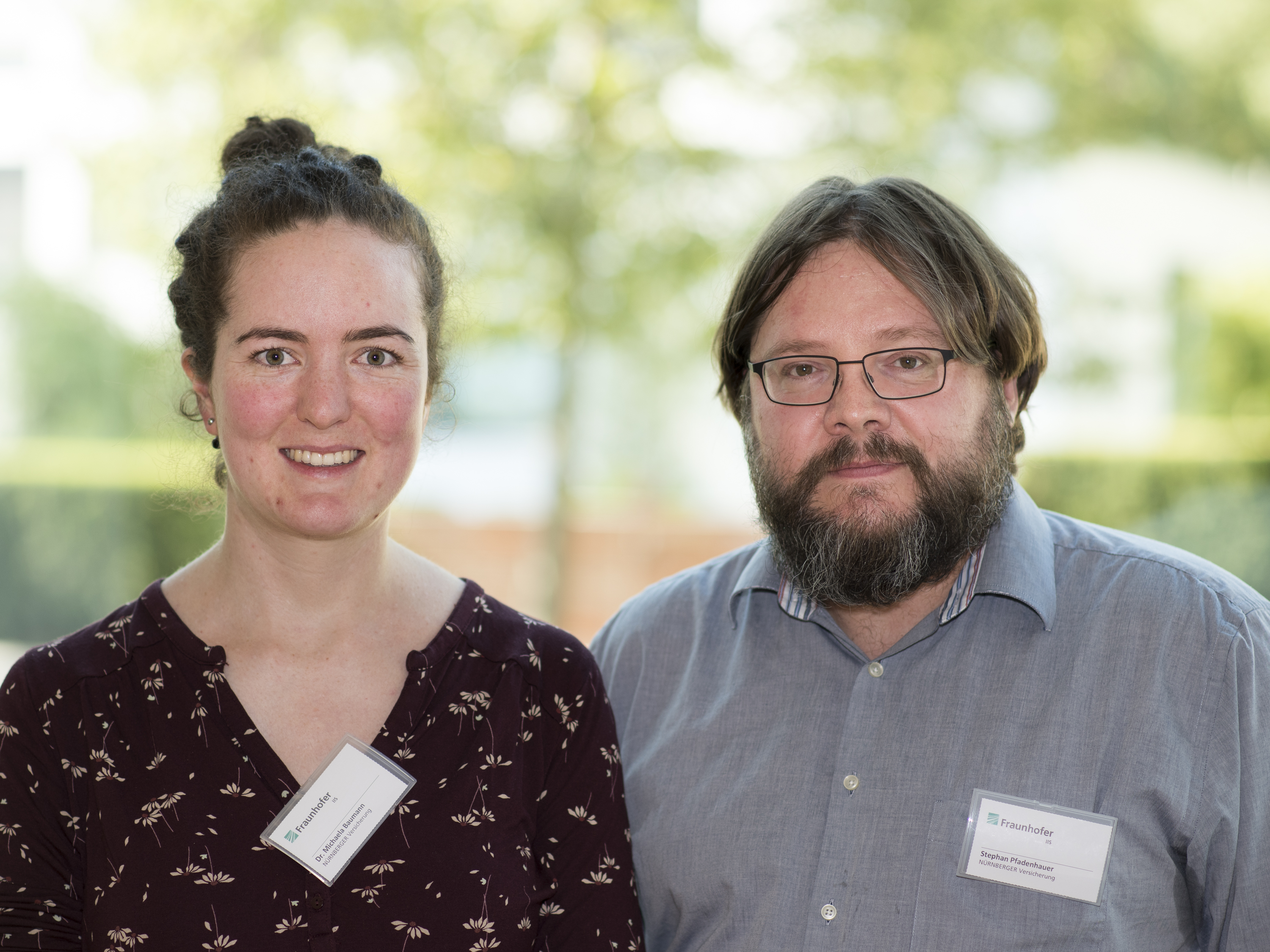
"We teach the pencil to write“
We at STABILO are currently developing digital writing utensils and applying machine learning methods to teach them how to read. To that end, we evaluate sensor signals from the writing instrument, such as movement data, and attempt to use that to recognize words. For the first time, we’ve been able to use the motion of writing to recognize what was written – recognizing letters and words without external aids, and digitizing the text. In the future, perhaps you will be able to write your text message or WhatsApp message directly with a pen and send it.
One prerequisite for this new technology involves getting sensors integrated into the writing utensils; in other words, embedded systems and embedded microcontrollers have to be small enough for us to actually use them. We also need a communication platform that will work with, say, tablets or smartphones, so we can transmit the data. And the machine learning algorithms have to be so good, and can be programmed so efficiently, that we can execute them on a smartphone. About 15 to 20 years ago, this still cost too much time and money, and it required too much computing power for it to be carried out on these mini-devices. Consequently, it was not possible to have pattern detection or to get a machine learning algorithm to produce usable results.
Machine learning is a new process for designing human-machine interaction to be as comfortable for people as possible: the machine learns from people how to interact with them, and peoplelearn that the machine will deliver the correct results.



